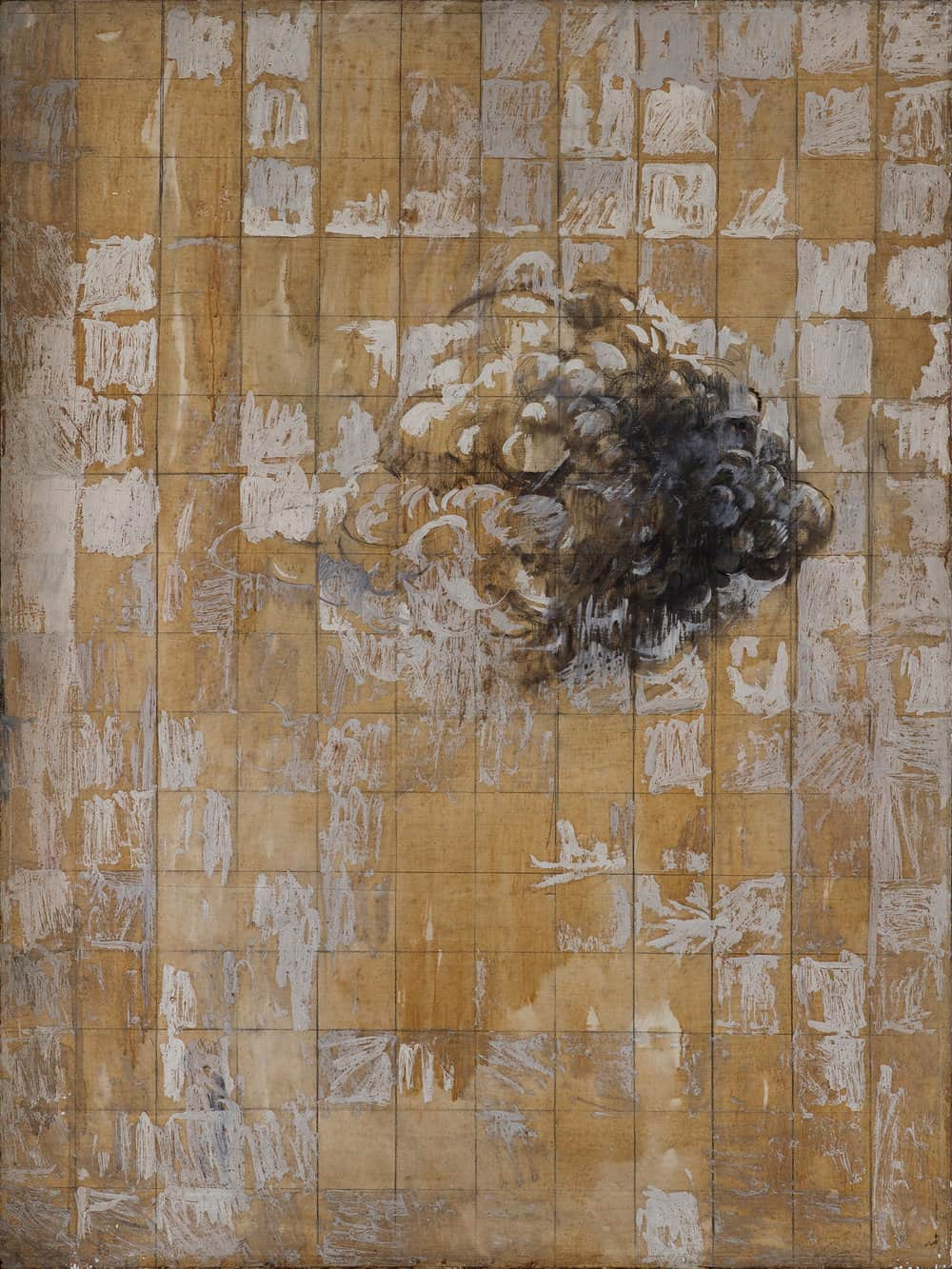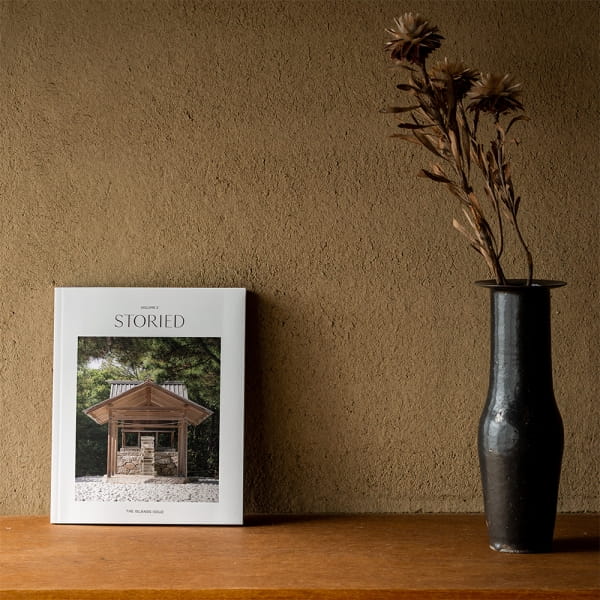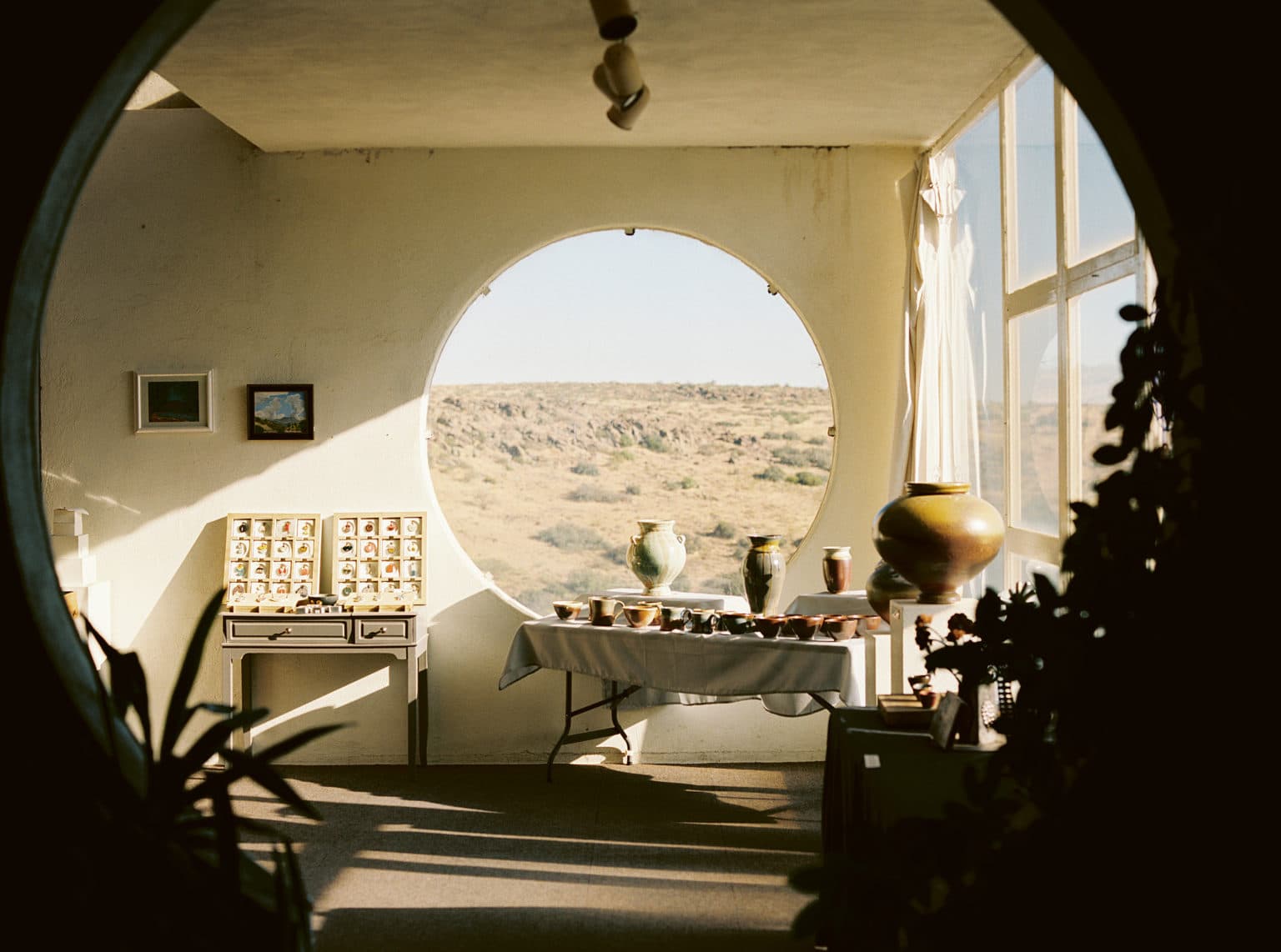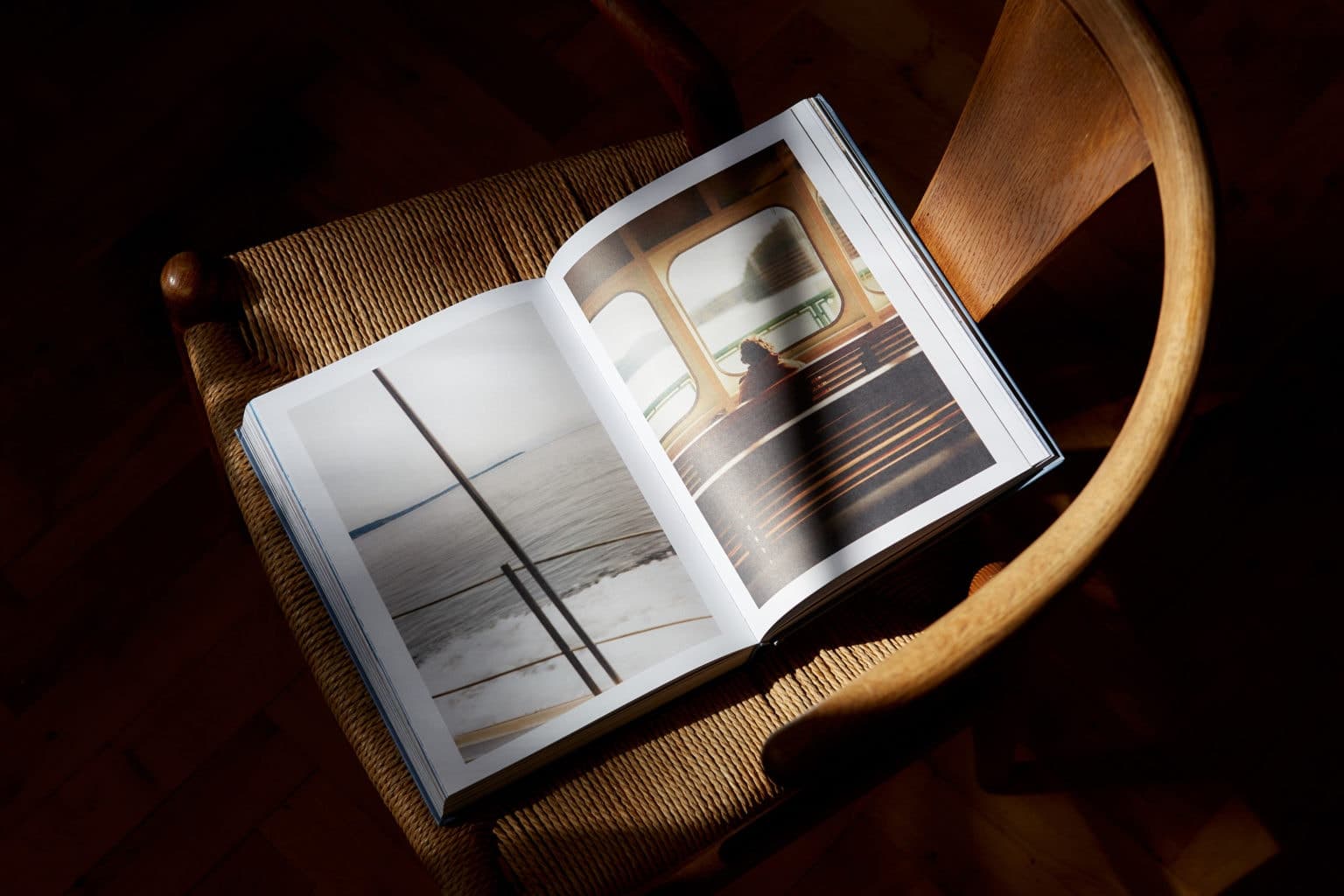 LUCY McKENZIE
LUCY McKENZIEMcKenzie collaborates with other creatives regularly. Through her collaborations, she challenges the notion of authorship by pointing to the strength of collective actions.
 ZAHOOR UL AKHLAQ
ZAHOOR UL AKHLAQZahoor ul Akhlaq was a pioneering artist from Pakistan. He is known for his approach to painting, sculpture, design and architecture, as well as his teaching at the NCA (National College of Arts) in Lahore.
 EMILY SPEED
EMILY SPEEDExperience a new film installation by North West based artist Emily Speed. The film is inspired by Edwin Abbott’s 1884 novella Flatland, a satire of Victorian society, where all existence is limited to two dimensions.
 STORIED
STORIED
As an independent magazine/journal and online platform, STORIED celebrates the notion of slow and sustainable journalism, touching personal narratives, and considered recommendations for the conscientious explorer.
 BERLIN QUARTERLY
BERLIN QUARTERLY
BERLIN QUARTERLY is a European review of long form journalism, literature and the Arts. It's a new cultural journal with global perspective. It combines in-depth reportage, literature and visual culture.
 VICTORY JOURNAL
VICTORY JOURNAL
Victory Journal is a print and digital publication devoted to the intersection of sport and culture. Rather than engage in statistical analysis or partisan squabbling, Victory spotlights the drama of sport and the enduring glory of athletic pursuits the world over.


